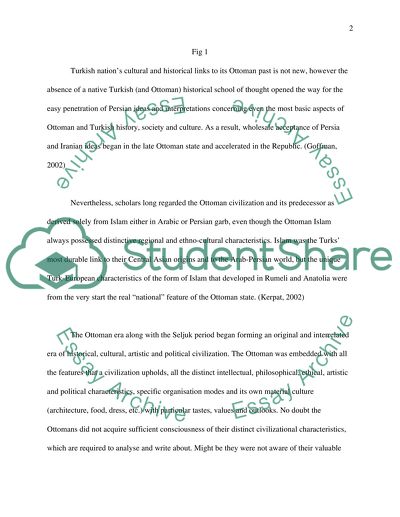Cite this document
(The Ottoman Architecture and The Effect of the Turkish and Persian Essay, n.d.)
The Ottoman Architecture and The Effect of the Turkish and Persian Essay. https://studentshare.org/culture/1526481-the-ottoman-architecture-and-the-effect-of-the-turkish-and-persian-cultures-on-it
The Ottoman Architecture and The Effect of the Turkish and Persian Essay. https://studentshare.org/culture/1526481-the-ottoman-architecture-and-the-effect-of-the-turkish-and-persian-cultures-on-it
(The Ottoman Architecture and The Effect of the Turkish and Persian Essay)
The Ottoman Architecture and The Effect of the Turkish and Persian Essay. https://studentshare.org/culture/1526481-the-ottoman-architecture-and-the-effect-of-the-turkish-and-persian-cultures-on-it.
The Ottoman Architecture and The Effect of the Turkish and Persian Essay. https://studentshare.org/culture/1526481-the-ottoman-architecture-and-the-effect-of-the-turkish-and-persian-cultures-on-it.
“The Ottoman Architecture and The Effect of the Turkish and Persian Essay”. https://studentshare.org/culture/1526481-the-ottoman-architecture-and-the-effect-of-the-turkish-and-persian-cultures-on-it.


